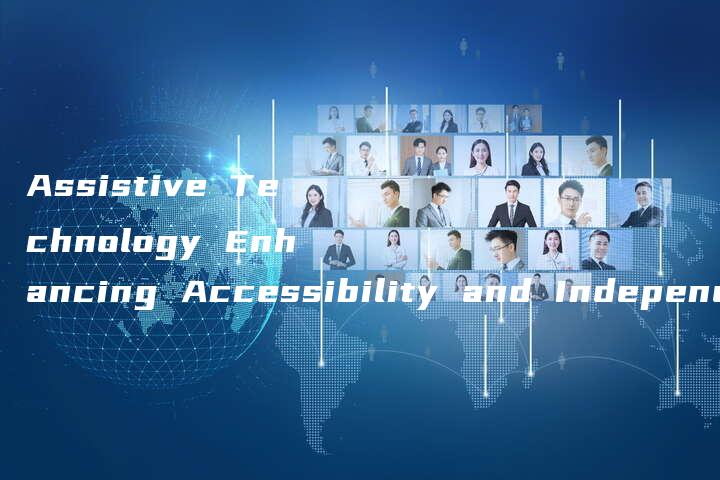
What is Assistive Technology?
Assistive Technology (AT) refers to any device, software or equipment that helps people with disabilities to access, use and participate in the world around them. AT can range from simple everyday objects such as canes, hearing aids, and magnifiers to high-tech devices such as voice recognition software, robotic arms, and brain-computer interfaces.
How does AT enhance accessibility and independence?
AT enhances accessibility and independence by removing barriers that prevent people with disabilities from participating fully in society. AT can help people with visual, hearing, mobility, and cognitive impairments to perform daily activities such as reading, writing, communicating, and moving around. By providing access to digital technologies, AT also enables people with disabilities to work, learn, and socialize more effectively.
What are some examples of AT?
There are numerous examples of AT that are available today. Some examples of AT include:
- Screen readers that convert text into audio for people with visual impairments
- Wheelchairs and mobility scooters that help people with mobility impairments to move around
- Hearing aids and cochlear implants that help people with hearing impairments to hear
- Speech recognition software that helps people with speech impairments to communicate
- Smartphone and tablet apps that help people with cognitive impairments to remember tasks and appointments
What are the benefits of using AT?
There are several benefits of using AT, including:
- Increased independence and autonomy
- Improved access to education, employment, and social opportunities
- Reduced dependence on caregivers, family members, and friends
- Enhanced quality of life and well-being
- Increased productivity and efficiency
How can people access AT?
There are several ways people can access AT, including:
- Through healthcare providers such as doctors, therapists, and rehabilitation specialists
- Through assistive technology centers and organizations that provide AT evaluations, training, and support services
- Through online retailers and distributors that sell AT devices and software
- Through public and private funding sources such as insurance, grants, and loans
Conclusion
Assistive Technology plays a vital role in enhancing accessibility and independence for people with disabilities. By removing barriers and providing access to digital technologies, AT enables people with disabilities to participate fully in society and improves their quality of life. It is important for individuals, healthcare providers, and policymakers to support the development and use of AT to ensure that everyone has equal opportunities to participate in the world around them.
 中小企业网
中小企业网




